Identity theft is becoming a fast-rising crime on the internet and this happens for obvious reasons – most of us have made our valuable and personal information online and cyber criminals are having the fun of their life stealing them.
Identity thieves have the potential to plunder bank accounts, run up credit card balances, and perpetrate malicious mischief on innocent people or in their names.
What is Identity theft?
Identity theft is the unauthorized use of someone’s personal data or information. The identity thief may use the personal information or data to carry out fraudulent activities .
If you become the victim of identity theft, chances are it will cause severe damage to your finances and your good name, especially if you don’t find out about it immediately.
How is Identity Theft Carried Out?
There are a number of ways identity thieves may steal your personal information .This include:
Pretexting
This is a form of social engineering in which individuals lie to obtain privileged information. The scammer(liar) pretends to need some information in other to confirm the identity of who he is talking to.Read more
After establishing trust with the targeted individual, the pretexter might ask a series of questions designed to gather key individual identifiers such as confirmation of the individual’s Bank verification number(BVN), mother’s maiden name, place or date of birth or account number.
Armed with your personal information, pretexters often search for public information about you, to learn your age, if you’re a homeowner, whether or not you paid your taxes, places that you lived before, and the names of your adult children. If your social media profile settings are public, they can learn about your work history and the college that you attended, which may give them the ammunition they need to call former or current companies with which you’re associated to gain information that will give them access to your financial information, health records, e.t.c
Phishing
Phishing is a technique of deceiving people into sharing sensitive information such as usernames, passwords, credit card details by disguising as a legitimate or trust worthy entity in an electronic communication . Most major banks, eBay, Amex, and PayPal are regular bait in phishing scams.
Use of Skimmers
Skimmmers are malicious card readers attached to payment terminals in other to harvest data from everyone that swipes/uses their card in the machine. The thief often has to come back to the compromised machine to pick up the file containing all the stolen data, but with that information in hand he can create cloned cards or just break into bank accounts to steal money .
When skimming from an ATM, thieves attach card readers (called skimmers) over the legitimate terminal card reader and harvest data from every card swiped. Other tactics are to place a fake PIN pad over the real one to capture victims’ PINs (personal identification numbers) as they enter them, or installing tiny cameras. Shoulder surfing—which is more old-school—is when a person reads over the shoulder of a card user to get their personal identification number.
Skimming can occur anytime someone with a digital card reader gains access to your credit or debit cards. It can be done easily when the card is surrendered, such as in restaurants where it common practice for a waiter to take the card to another area to swipe it. Once thieves have collected the stolen information, they can log into an ATM and steal money from the harvested accounts, or clone the credit cards to sell or for personal use.
Data Breaches
Data breaches occurs when an organization’s information is accessed by unauthorized entity.
An accidental data breach might occur when an organization’s employee leaves a work computer—containing Personal Identifiable information(PII) or a way to access it—in a vulnerable place, allowing someone to steal it. An intentional breach usually involves criminals finding a way to access an organization’s computer network so that they can steal PII.
The criminals might deploy a sophisticated technical attack or simply trick an employee into clicking on a link that creates an attack opening to be exploited. Regardless of how it happens, a data breach can, in one fell swoop, expose the PII of millions of unwitting victims.
Stealing Your Wallet or Purse
Your purse or wallet is most likely to contain driver’s license, credit cards, debit cards, and bank deposit slip and this are gold mines for identity thieves, are like gold to identity thieves.
Dumpster Diving
Dumpster diving involves searching through trash or garbage looking for something useful. This is often done to uncover useful information about individuals or organizations. Identity thieves still sift trash in search of credit card and bank statements, medical information, insurance forms, and old financial forms (such as tax forms) and they may get hold of some sensitive information
Use of Social Media
Social media is equipped with a lot of personal information and identity thieves are harnessing the power of social media by taking pictures and posing as the victim.
How To Protect Yourself Against Identity Theft
Noone wants to wake up and discover that their names are been dragged in the mud as a result of identity theft or their hard-earned money has been stolen leaving them dejected. Protecting your identity is a s important as protecting the money in your account.
Dispose Sensitive Materials Properly
A number of times when we trash some documents including personal and sensitive information,it is not properly disposed and this gives dumpster divers and opportunity to dive in through your thrash and collect this information.You should shred any sensitive material that might be used for illegal purposes prior to disposing of it.
Do Not Give out Personal Information
Don’t give out any information when you receive calls requesting for them. Be polite but firm and hang up.
Safeguard Your Personal Information Online
Limit information you post online as identity thieves are always lurking around for their next victim.Never provide personal or financial information unless a website site is secure.Do not carry out transactions on sites you have little or no information about as some of this sites are stealing credit/debit card information. Keep your social media settings private, and limit any information you include on professional networking sites.
Change Passwords Regularly
When you use passwords for your various online accounts, use ones that are not easily guessed or found. Avoid using obvious passwords like “123456789,” “qwerty,” your mother’s maiden name, the names of your children, spouse, or pets, or other personal data.
Your password should include lower and uppercase letters, numbers, special characters and must not be a word that can be found in the dictionary.
Find Out If Your Records Were Affected After a Data Breach
If you learn that a company had a data breach that may have affected your records, find out what kind of information was taken. If it was your credit card information only, monitor those accounts closely for fraudulent charges .If your password was compromised, change your password immediately.
Keep Your Software Up-To-Date
Programmers constantly upgrade their software to eliminate bugs, improve usability, and add protection.Take advantage of them.Be sure to update your software always.
Check Account Regularly
Frequently review all credit and debit card accounts for unknown purchases that could indicate fraudulent use .For online accounts e,g emails and social media, review
Take Advantage of Multi factor Authentication
Take advantage of multi-factor authentication when it’s available. Typically, this involves a secondary temporary security code that is sent via e-mail or text message. The code must be entered before a transaction is completed or an account is logged in.
Take Actions as Soon as Possible
If you notice anything suspicious, take action by reporting to relevant institution as soon as possible.
While these steps don’t guarantee success against identity theft, you increase the odds by making yourself a relatively difficult target. Remember ,the goal is to make it difficult for identity thieves to get hold of your personal information
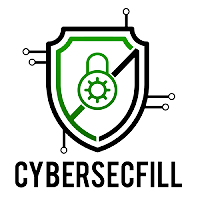
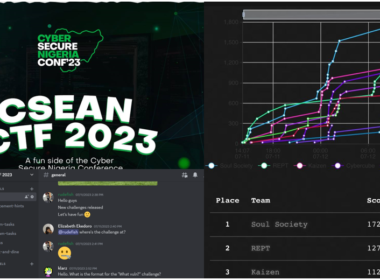
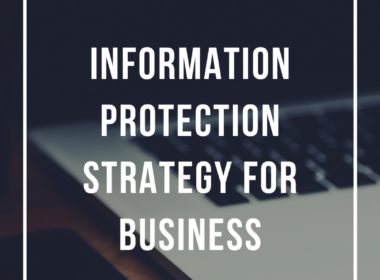



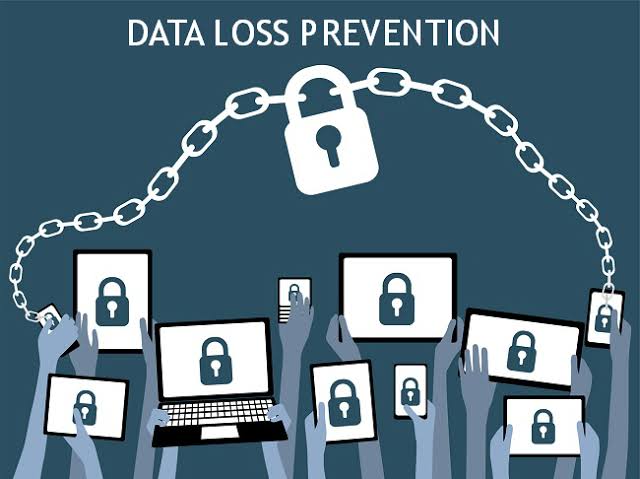

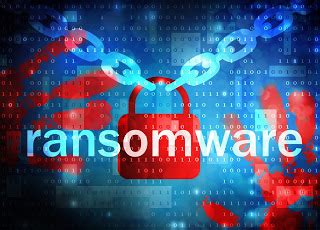



Good day simbiat,
Thanks to send me your email address and phone contacts for a Professional discussion. You can send message to me on 07030000215